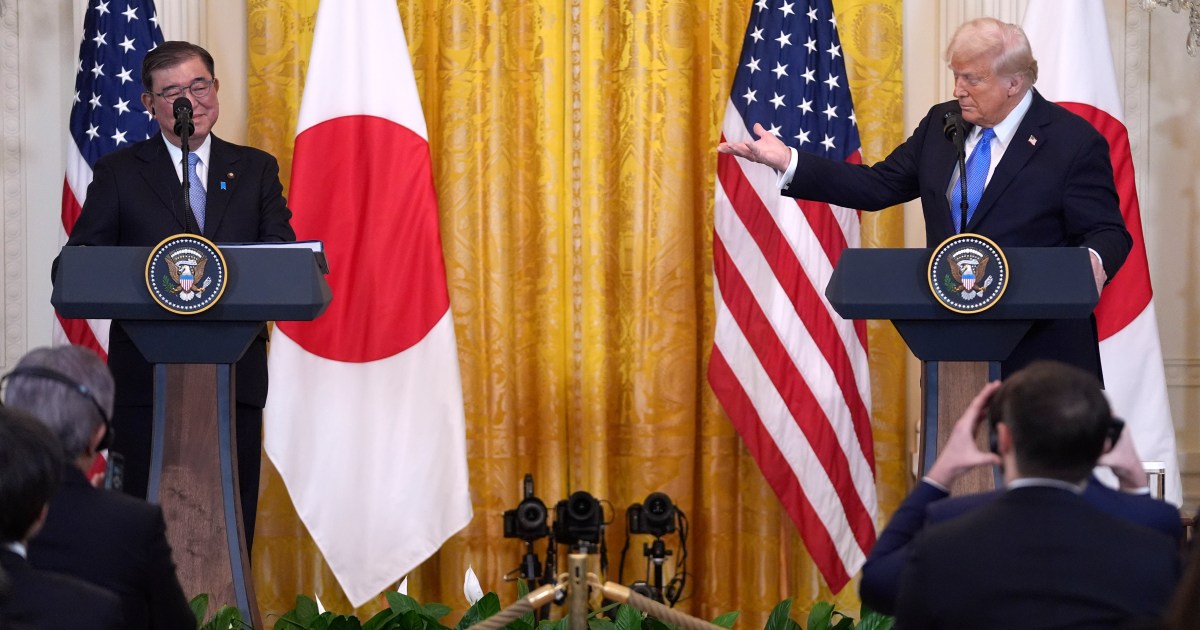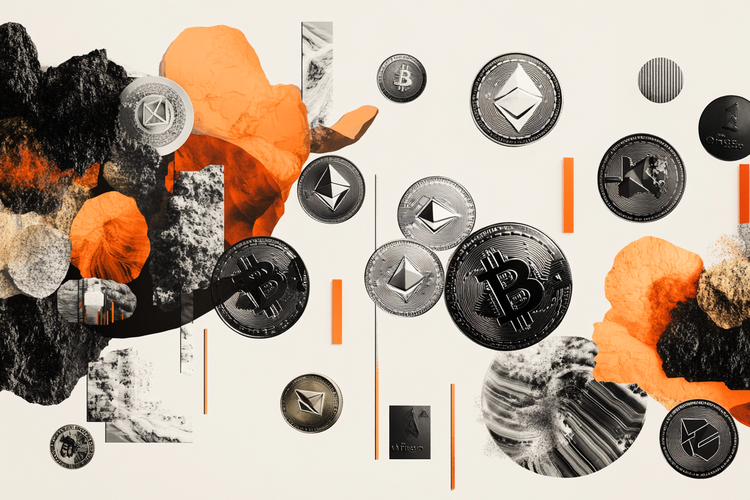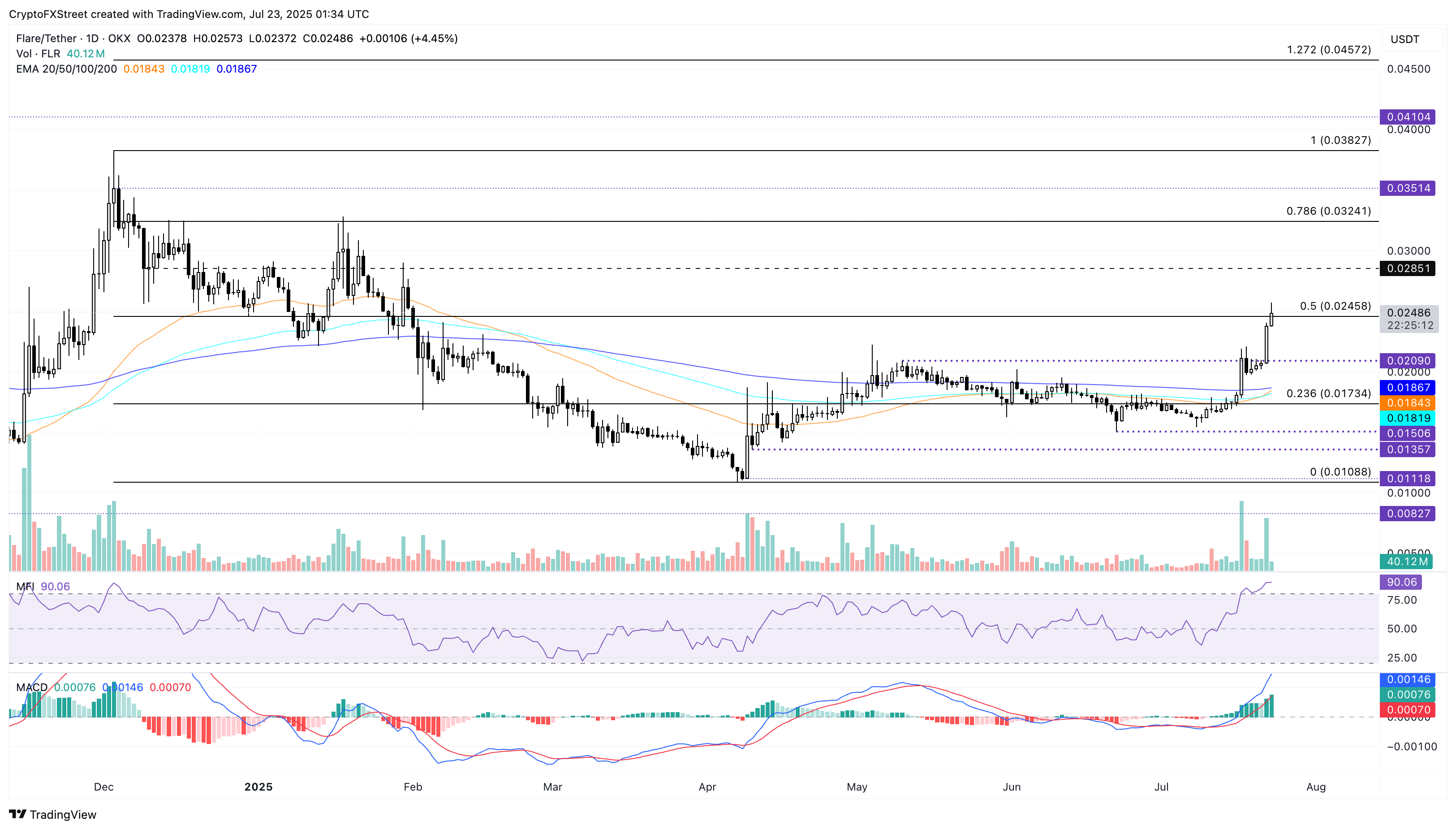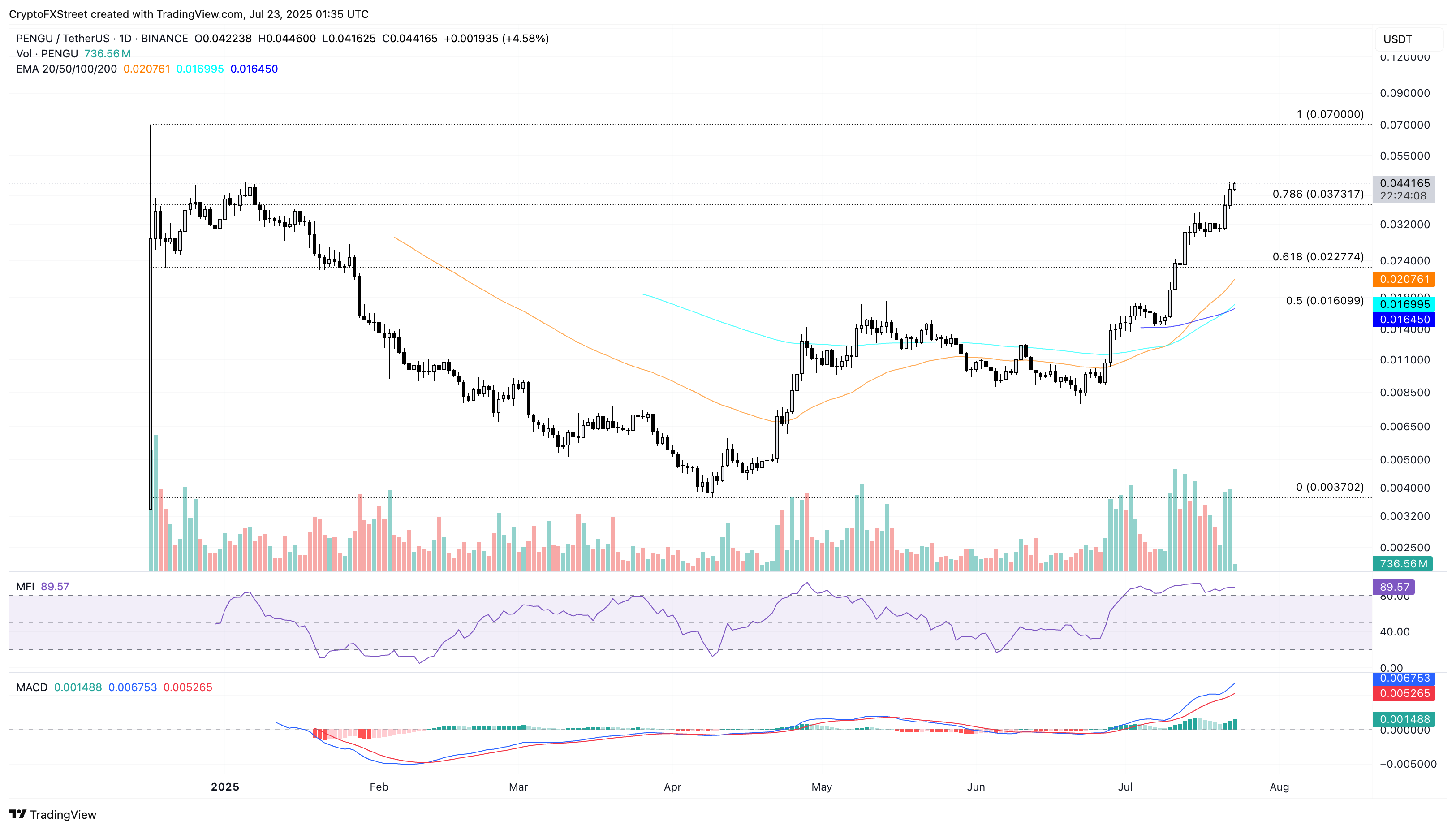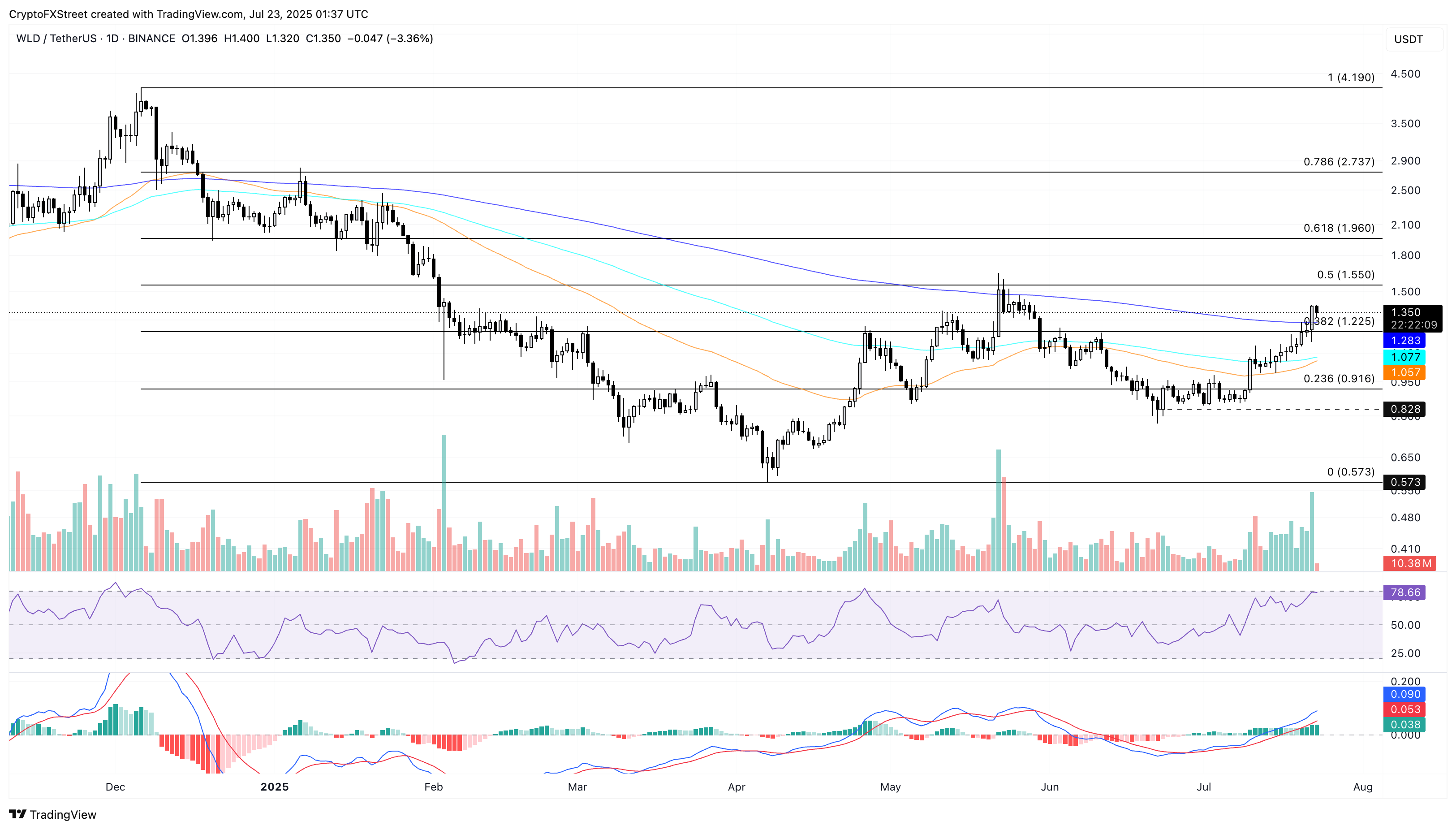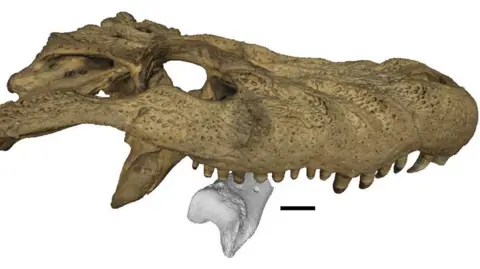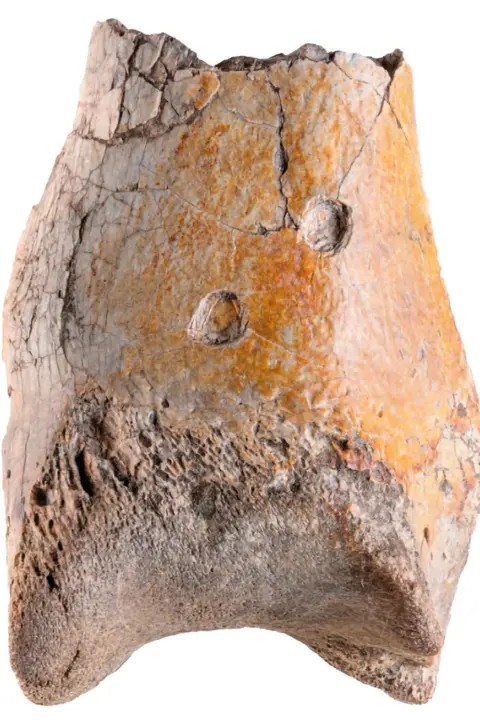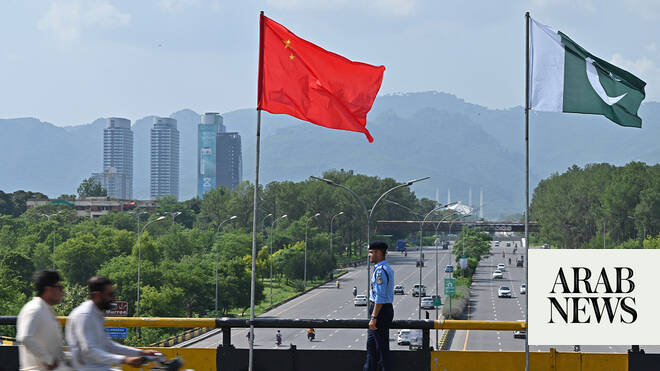The government said on Tuesday that the new buyer of the Pakistan International Airlines would require investing up to Rs70 billion in the loss-making airline over a period of five years but final investment needs would be assessed only after the audited accounts are available next month.
Privatisation Commission secretary Usman Bajwa said that the new investors would require to invest Rs60 billion to Rs70 billion over the five years. He made the statement during a meeting of the Senate Standing Committee on Privatization, which was chaired by Senator Dr Afnan Ullah Khan of the PML-N.
Usman Bajwa said that new investment will be aimed at financial recovery, operational improvements, and increasing the fleet size.
During the last failed attempt to privatise PIA, the government set the investment limit at $300 million and the new limit appeared on the lower side compared to the last time. One of the possible reasons can be the assumption of improved profitability due to opening of international routes to Europe and the United Kingdom and tax exemptions on lease of aircraft.
Usman Bajwa said that PIA has decided to start flights to Manchester from August 14 after the United Kingdom lifted a ban on PIA flights. The ban had been imposed after the last PTI government claimed that the PIA pilots had bogus degrees.
The advisor to Prime Minister on Privatisation Muhammad Ali said after the meeting that the airlines total investment requirements would be assessed once the audited financial accounts for end June period are available by mid of next month.
The Secretary Privatisation said that there were security concerns regarding PIA’s North America routes but efforts were underway to address and clear these concerns.
The investor will retain 85% of the bid amount to invest the money in the airline. The government will get only 15% of the bid money.
The PIA fleet age has also risen to 18 and a half years and the new investor would have to double the fleet within five years, said the secretary. The CEO of PIA said early this month that the airline was currently flying 19 aircraft.
The government had earlier claimed that the PIA showed Rs26 billion profit last year but a report by the Ministry of Finance busted the claim and stated that the airline in fact incurred a net loss of Rs4.6 billion and one-off “accounting profit” of Rs26 billion due to treating past losses as future assets “should not be misinterpreted as a sign of operational profitability”.
The government wants to sell 51% to 100% stakes along with the management control. It had also made an attempt to privatize PIA last year but ended up receiving Rs10 billion bid against Rs85.03 billion minimum price.
The standing committee also reviewed a report highlighting complaints of the pensioners of PIACL. It was also revealed that currently pension liabilities for 6,625 employees of PIA amounted to Rs14. 9 billion. Expressing concern, Chairman Committee Senator Dr. Afnan Ullah Khan remarked that the pension amount was extremely low, asking how people are expected to survive.
In response, the Ministry of Privatization stated that pension policies are regularly revised and updated annually in line with allowances. The Chairman directed that grade and scale wise pension details, including the amount received and the distribution process, be presented in the next meeting of the committee
The secretary said that the due diligence process for pre-qualified companies has begun and the field visits would start soon. He said that starting next week; pre-qualified companies will conduct site visits and participate in expert sessions. These sessions will include briefings on aircraft conditions and routes, as stated by Usman Bajwa.
The Privatisation Commission officials said that the current business model of PIA was not sustainable. They said that the privatisation prospects have increased after Rs45 billion worth more liabilities were taken off the balance sheet of PIA and parked in the new holding company.
They said that the last failed attempt will not affect the new bidding process. The Secretary Privatisation said that the government was earlier providing Rs100 billion annually to keep PIA operational.
The Committee was informed that the Pakistan Minerals Development Corporation (PMDC) is not yet included in the Privatization list. Senator Zeeshan Khanzada questioned why this institution was being privatized.
Senators further queried the basis of the privatization decision, noting that the Petroleum Ministry lacks the mandate to privatize the PMDC.
Regarding Zarai Taraqiati Bank Limited (ZTBL), the committee was informed that it is included in phase one of the privatization list approved by the government in August 2024. ZTBL is currently in the process of hiring a financial advisor.
The Chairman Committee questioned the delay in hiring a financial advisor, noting that the last meeting was held on January 31st, when the bids were submitted and evaluated. He expressed concern that nearly six months had passed without finalizing the appointment. The ministry responded that the process typically takes six to eight weeks but was delayed due to high fee demands by one party by nearly Rs500 million, which is forcing a restart of the process.

